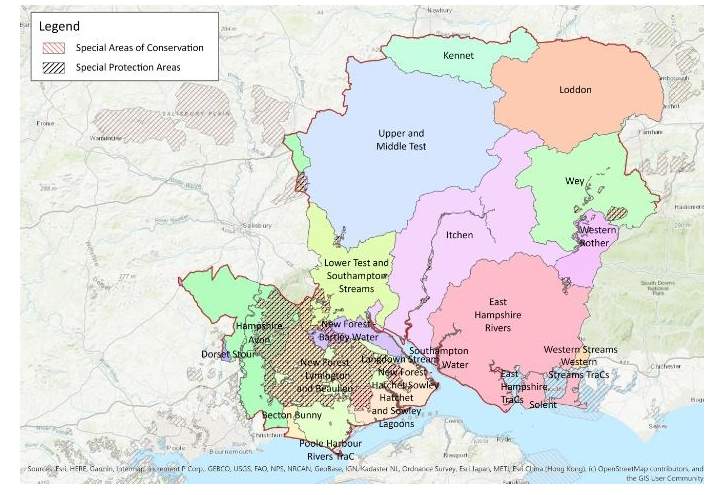Sitting at the top of the development agenda within the Solent region is the issue of ‘nitrate neutrality’.
The local marine environment is internationally recognised and protected for its important wildlife. Excessive levels of nitrogen and phosphorous, found in wastewater from housing and agricultural run-off leaching into the Solent, have led to eutrophication and large-scale algal blooms. This has serious consequences for native bird species and marine life.
In 2018, a European Court of Justice judgement was issued that led to Natural England advising planning authorities in the Solent catchment area that planning permission should not be granted unless the development could be proven to be ‘nitrate neutral’.
This means as much existing nitrogen must be removed from a catchment as the new development would create, before development can go ahead. It has been estimated that 10,000 proposed homes are currently on hold across the Solent catchment district. The need for nitrate neutrality will have a significant impact on future housing delivery and meeting local housing needs.
Areas at risk
The issue is not unique to the Solent. It may affect any of England’s 82 EU designated Special Protection Areas, and the following are deemed to be at high risk:
- River Mease Special Area of Conservation (SAC) in the Midlands
- River Clun SAC in Shropshire
- Fenlands SAC in Cambridgeshire
- Areas along the River Avon
- Poole Harbour
Mitigating circumstances
Land managers could be critical in finding a solution. Developers need to look for agricultural land practices that can offset the development’s impact on nutrient levels. This mitigation may then enable planning applications to be approved.
Natural England has suggested that the three key principles for the viability of offset land are: certainty in the land’s mitigation potential, perpetuity (of over 80 years) in the offset and enforceability of the mitigation measures.
The long duration of these agreements means that private owners are well placed to guarantee compliance with the new practice, such as converting a steep, unproductive area of land adjacent to a water course into woodland, which would reduce nutrient run-off from the land.
This mitigation would be enforceable via felling licences. Other examples include the creation of wetlands and rewilding of streams for nitrate credits. These solutions would enable remaining land to continue to be farmed productively.
Finding a solution is complex and will require a united approach from stakeholders. Currently there is a lack of formal policy around nutrient offsetting procedures and compliance, which may result in private agreements leading the marketplace, offering substantial new income streams from landowners’ natural capital assets.
Savills is currently engaging with Natural England, land owners and developers to see if a more strategic solution can be unlocked. The aim is to enable housebuilding in this region as well as to prevent others yet to be hit being stalled by the issue.
.jpg)










.jpg)